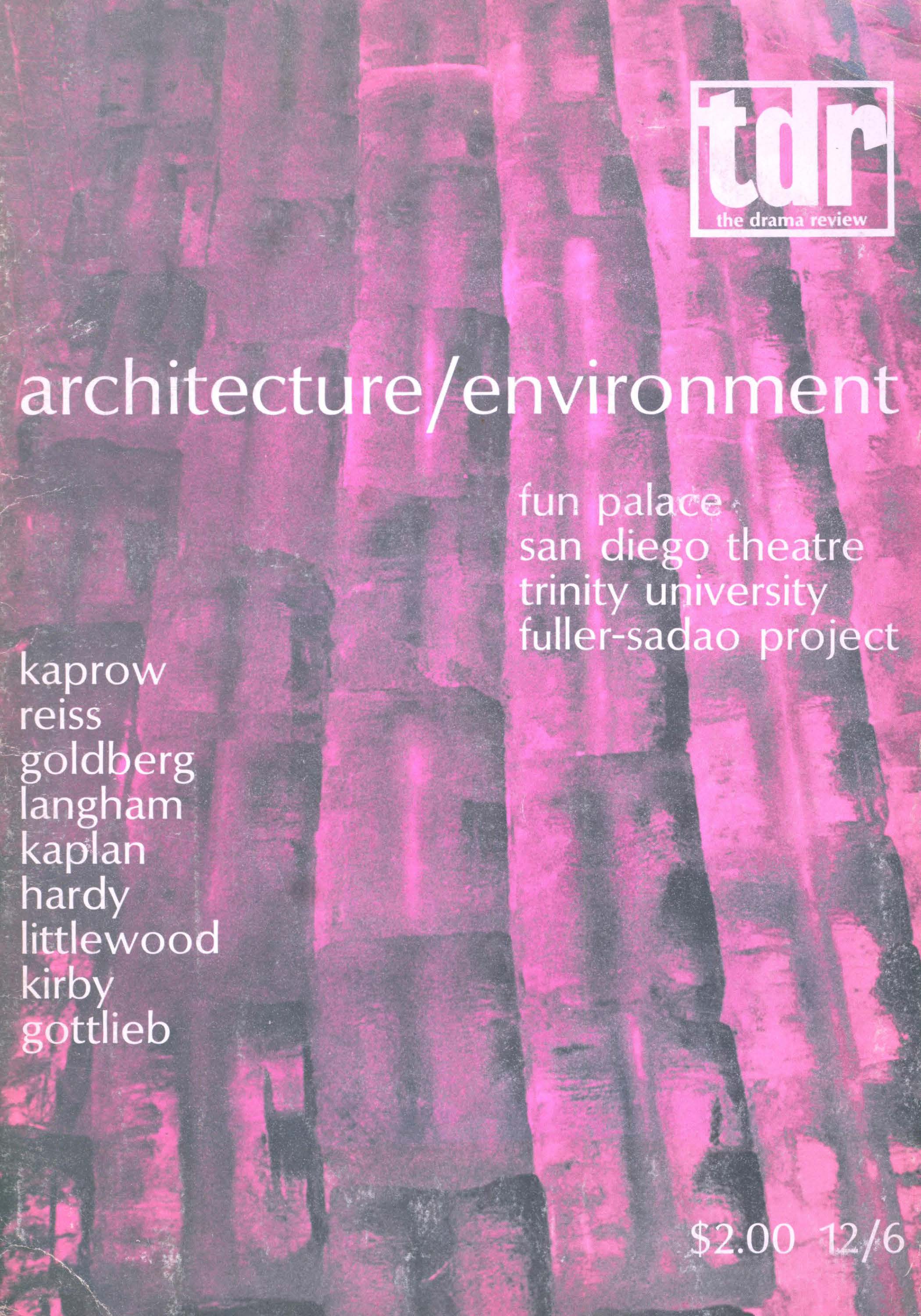Article contents
Tell Me, a play by Guy de Cointet
Published online by Cambridge University Press: 28 January 2022
Extract
We can in fact presume that there exist certain writers, painters, musicians, in whose eyes a certain exercise of structure (and not only its thought) represents a distinctive experience, and that both analysts and creators must be placed under the common sign of what we might call structural man, defined not by his ideas or his languages, but by his imagination—in other words, by the way in which he mentally experiences structure.
(Roland Barthes The Structuralist Activity)In theatre, a heightened perception and experience of structure is possible in three kinds of work. The first is theatre based on strong codified conventions, as in Oriental theatre and a large part of Western folk theatre. In viewing Kabuki or No productions my awareness of structure is heightened not only because of the great variety and distribution of theatrical signs and their apparent systematic codification but also because, as a foreigner to Japanese culture and theatre, my attitude during the production is one of deciphering.
- Type
- Research Article
- Information
- The Drama Review , Volume 23 , Issue 3: Structuralist Performance Issue , September 1979 , pp. 11 - 20
- Copyright
- Copyright © 1979 The Drama Review
- 1
- Cited by


